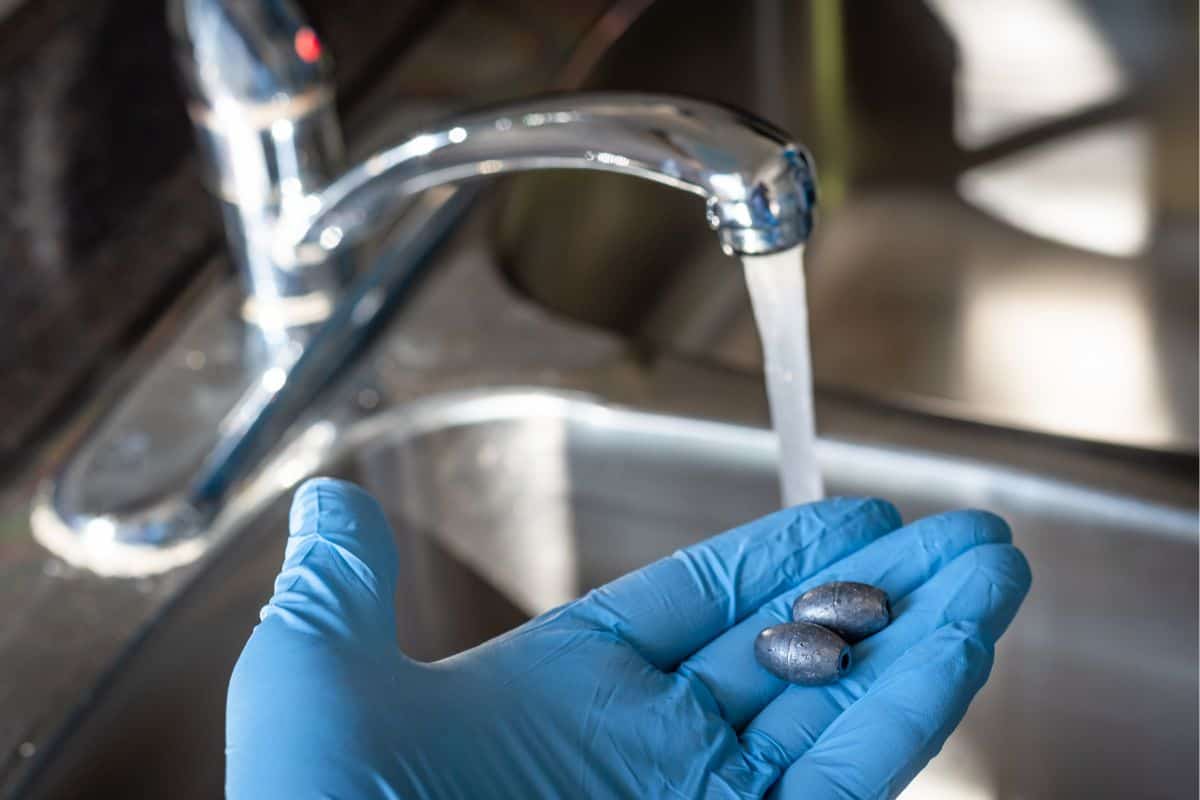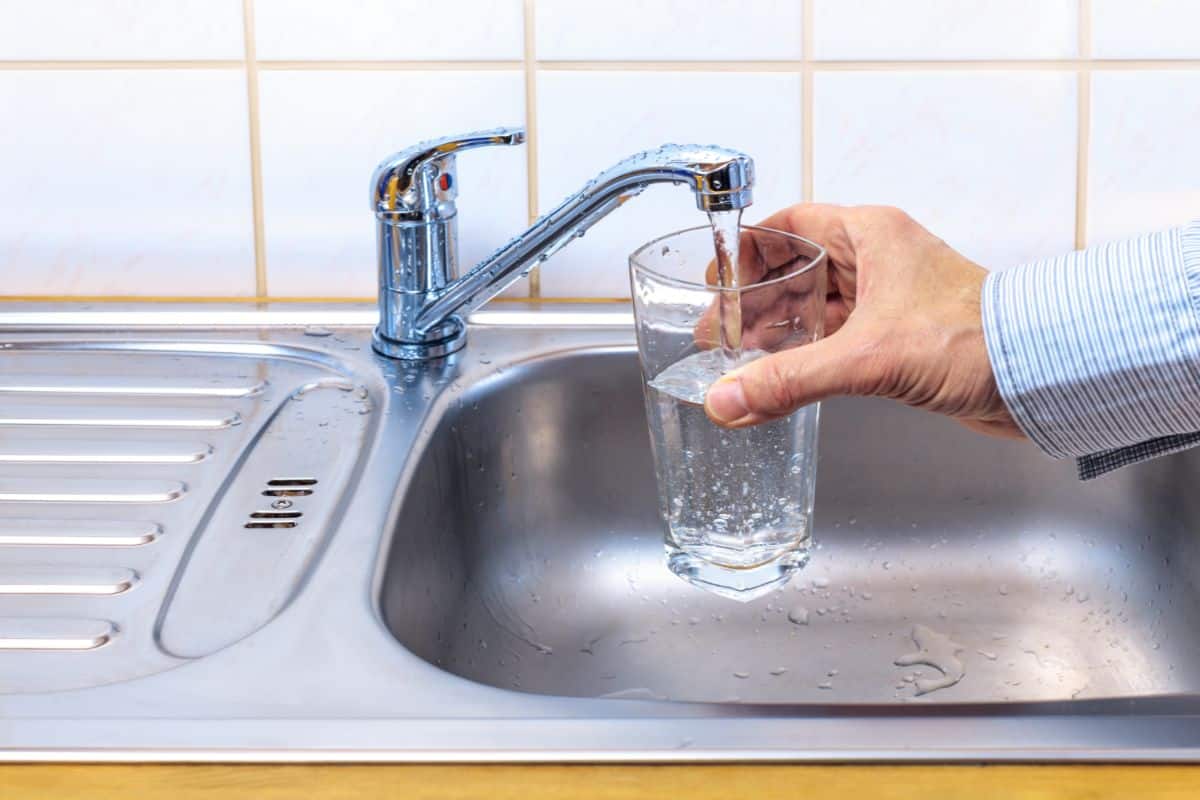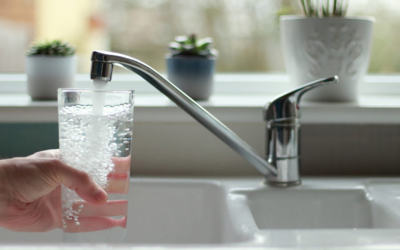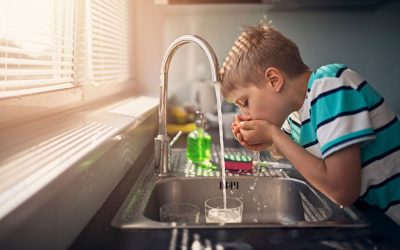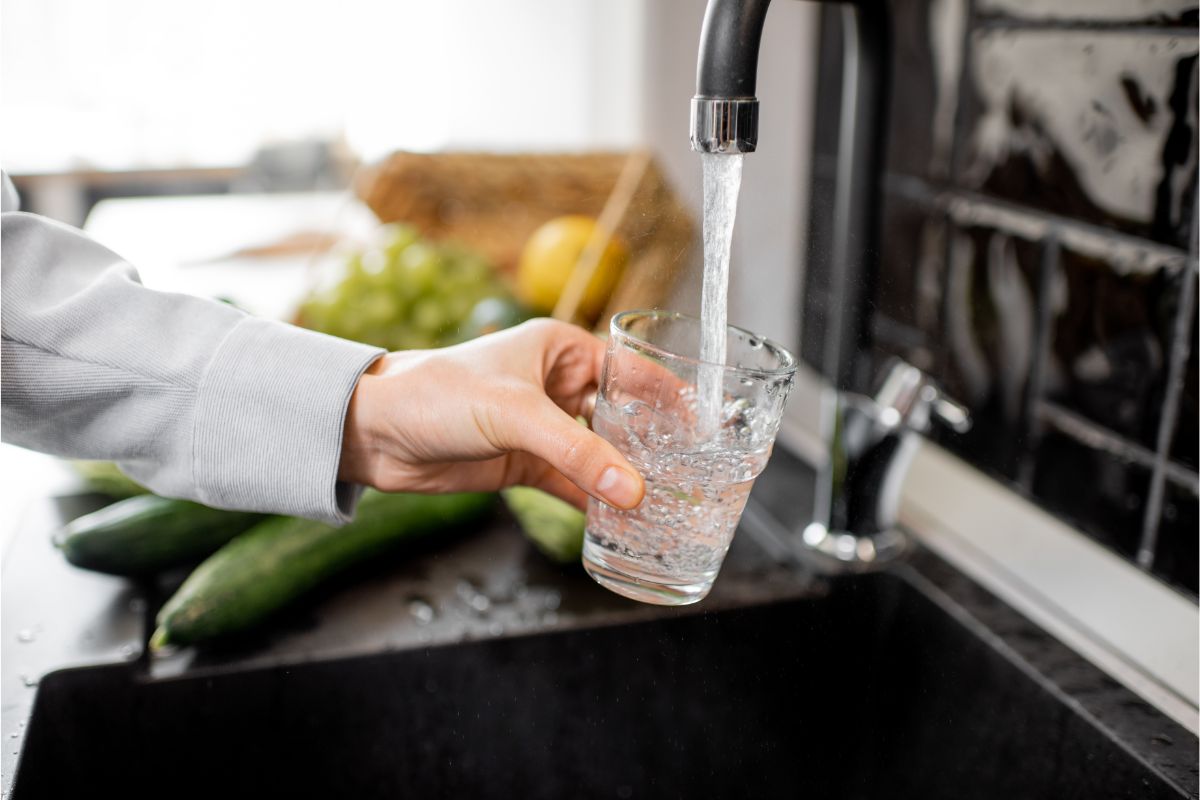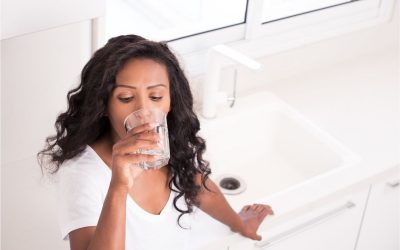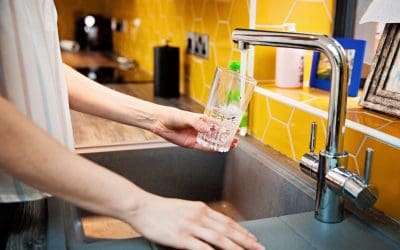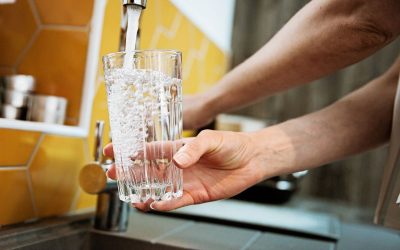When visiting a new country, one of the first questions you might ask yourself is “Can I drink the tap water here”?
No one likes making unnecessary trips to the store or carrying heavy bottles of water back to their hotel room. Need I mention how much plastic is wasted this way?
Generally speaking, tap water in Hawai’i is safe to drink, however many travellers carry a portable water filter. In this article, we are going to explore this further giving you all the information you need on the quality of tap water in Hawai’i.
Contents
Where does the water come from?
The majority of Hawai’i gets its fresh water from onshore aquifers. Aquifers are bodies of underground rock that can collect or hold groundwater or rainfall deposits.
Delivering water to the residents of Hawai’i comes from water that is extracted from the ground through a number of shafts, water tunnels and wells.
Reservoirs are also used to store clean water until needed.
You may wonder how salt water doesn’t find its way into the aquifers and contaminate the water supply.
As Hawai’i is known for its volcanic structure, these volcanic rocks make up the island’s aquifers.
Porous rock acts as a natural filter, having spent years percolating through soil and rock to provide the island with clean water in its wells and springs.
When to avoid drinking tap water
When visiting a new country, be sure to check with local authorities before drinking the tap water.
Due to unfortunate circumstances, there is a possibility that tap water supplies can become contaminated.
Contaminants can come in the form of chemical, radiological, biological, or mineral forms.
If you live in Hawai’i, this will be made a part of anyone who is likely to be impacted via news outreach and public announcements.
For those that are visiting on vacation, this is likely to be made aware to you upon your arrival.
Hotels, resorts, and other tourist amenities will make sure guests are informed of the current guidelines.
Chemical contaminants
Chemicals such as atrazine, carbon tetrachloride, chlorate, and dieldrin have been found in Oahu’s water supplies within acceptable levels.
This doesn’t necessarily reflect other tap water supplies around Hawai’i.
Soil run off
There are certain substances that occur naturally in soils and runoff, which means that they may enter the water supplies.
Research has shown that this is within acceptable levels and there is no cause for concern. These substances include things like sodium, nitrates, and chromium.
Lead and copper
Lead and copper traces have been found in Oahu’s drinking water in very low concentrations.
It is thought this is most likely due to the local pipe systems that are made of lead and copper and are no cause for concern on a wide scale
For those that have compromised immune systems, check with your healthcare provider before drinking the tap water, especially if there has been a recent report regarding impacted water quality.
Other contaminants
Over the past few years, there have been a few incidents that have compromised the quality of water in Hawai’i.
In November 2021, an aquifer supplying the Oahu region was contaminated by jet fuel from an underground storage facility.
This led to a series of health complications for residents that drank the water.
The storage facility has now been ordered to drain its supplies and will be removed from above the aquifer, preventing this from ever happening again.
Is It Safe To Drink?
The water is very clean and doesn’t contain purification chemicals such as fluoride which is often added to municipal water supplies.
A small amount of chlorine is added to prevent bacteria contamination of the water.
Small amounts of chlorine will not harm you at all, although some dislike the taste, this all depends on the individual.
Water quality checks
The US has designed a number of regulations that the Board of Water Supply must adhere to in order to keep the drinking water supply safe in Hawai’i.
Public and private drinking water supplies are liable to comply with federal and state standards set by the Department of Health and the EPA.
To further put your mind at ease when drinking the local tap water, every summer the Board of Water Supply conducts a water quality report which is mailed to all their customers.
This transparency demonstrates how seriously the water quality is taken and how safe it is.
Here is a breakdown of the different locations in Hawai’i and the current status of their drinking water supplies:
- Kauai – you can drink the tap water here
- Kona – the Department of Health regularly tests the quality of the water here and it has been deemed safe to drink from the tap.
- Maui – tap water is generally safe to drink here as it is governed by EPA standards. The water quality also meets the US state standards.
- Oahu – the water is safe to drink and no fluoride is added to the supply.
- Big Island – tap water here is safe too, as it is naturally filtered through the volcanic rock.
- Waikiki – the water here is also safe to drink and the US agencies offer a guarantee the water doesn’t contain disease-carrying contaminants.
If you are ever concerned about the quality of the water due to health or personal reasons, you can call the EPA’s Safe Drinking Water Hotline or the Hawai’i Department of Health.
### Recent Concerns About Hawaii Tap Water Quality
In recent months, several concerns have emerged regarding the quality of tap water in Hawaii, primarily due to contamination issues. One of the most pressing concerns has been the detection of petroleum contamination in the water supply near the Red Hill Bulk Fuel Storage Facility on Oahu. This contamination has prompted the closure of several water wells, affecting thousands of residents and military families in the area. The Hawaii Department of Health (DOH) has issued advisories against the consumption of tap water in affected zones and continues to monitor the situation closely.
In response to these issues, the U.S. Navy, which operates the Red Hill Facility, has initiated efforts to remediate the contamination. This includes water flushing and the installation of granular activated carbon filtration systems to purify the water. The Environmental Protection Agency (EPA) and the DOH are actively collaborating to ensure the safety and quality of the water supply and to prevent future incidents.
Additionally, concerns have been raised about the presence of lead in some older plumbing systems across the state. Although not widespread, this has prompted increased testing and public awareness campaigns to address potential health risks. Local authorities have launched initiatives to replace aging infrastructure and have provided guidelines to mitigate lead exposure from household plumbing.
Residents are encouraged to stay informed through updates from local health departments and to use alternative water sources if advised. The ongoing efforts to address these water quality issues reflect a commitment to ensuring safe drinking water for all Hawaii residents.
Hawaii Officials Say Tap Water Unsafe Due to Fuel Contamination
https://www.nytimes.com/2021/12/13/us/hawaii-tap-water-fuel-contamination.html
Hawaii to Test Tap Water for Lead in Schools and Child Care Facilities
https://www.civilbeat.org/2022/08/hawaii-to-test-tap-water-for-lead-in-schools-and-child-care-facilities/
Navy Agrees to Drain Fuel Tanks After Hawaii Water Contamination
https://www.npr.org/2022/03/08/1085259035/navy-agrees-to-drain-fuel-tanks-after-hawaii-water-contamination
The bottom line
In general, tap water in Hawai’i is safe to drink.
When visiting it is important to check with local authorities to ensure the area you are staying in has a safe supply of tap water suitable for drinking.
We hope we have answered all your questions and concerns when it comes to drinking tap water in Hawai’i.
